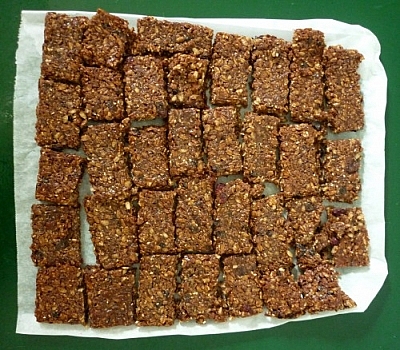Simplicity is a necessity when packing lunch, whether choosing something healthy the kids will actually eat or quickly grabbing something to take along to work. Fortunately, going waste-free is easy on the wallet, and it’s good for your family’s health and the environment’s.

Waste-free lunches replace toxin-laden disposable products with safer reusable ones that don’t leach into foods. Chemicals like styrene in Styrofoam and BPA in plastic have been linked to immune dysfunction, metabolic disorders, and reproductive problems. An Environmental Law Foundation study found toxic levels of lead in more than 40 different types of juices and juice boxes. Some packaging has even been found to leach cancer-causing agents! To protect our children’s health and our own, it’s crucial we stop using disposable packaging.
The horror of packaging affects the world around us, too. Lunchbox waste averages 45 to 90 pounds per student per year. Factor in adults’ lunchtime waste to get an idea of how much trash this one meal per day produces. Most of this waste ends up in landfills or emissions-belching incinerators, polluting the air we breathe, the water we drink, and the soil that nourishes our food. We also tend to forget about the origins of the discarded materials. Resource extraction for wood, mineral, and oil based products such as paper, aluminum, and plastic pollutes earth, air, and water and disrupts wildlife habitat. The transportation, refining, and manufacturing processes are also harmful through emissions and energy consumption (involving more resource extraction). That’s a lot to think about, especially as you prepare lunches late at night or early in the morning.
So, to keep things simple, here are a few tips to help you reduce your lunchtime waste. Instead of paper bags, buy plain, inexpensive (even second-hand) lunchboxes for the kids and have a crafts session to decorate them with recycled or handmade paper (double the fun if you make the paper yourselves!), stickers, or non-toxic paint. A reusable organic cloth lunch bag or recycled-plastic lunchbox might be more appropriate for the office-bound parent.
To pack your food, choose assorted sizes of reusable glass, stainless steel, or BPA-free plastic jars, containers, bottles, and utensils. A frozen water bottle can also double as an ice pack, while a thermos is great for carrying cold smoothies or hot soup. You might spend more at first on buying some of these items, but you will save in the long run. Families can save $250 per year by eliminating disposable packaging and single-serving items. Now, there’s no way you’ll spend that much money on a few reusable containers, bags, and thermoses! So, buy food in bulk and split it up in your smaller containers for easy-to-grab snacks and lunches.
Other low-cost options include using reusable cloth napkins, separating foods within a larger container with lettuce leaves, and using cleaned, recycled yogurt or cottage cheese containers. Even plastic bread bags can be reused. The key is to bring all the containers, utensils, and napkins back home to be washed and reused.
Should you wish to spend quality time with your children, save money, and avoid single portion packaging, make your own fruit and yogurt leathers, trail mix, and granola bars. Kids love to stir the pot. Simply freeze bars and leathers between layers of wax paper in glass containers, grab them in the morning and pack them from frozen — they will have thawed by snack or lunchtime! Making your own snacks like pudding and popcorn also avoids single-use packaging.
Kids need to enjoy their meals, which is why single-serving snacks are so appealing. Kick the habit with fun food! Try fruit, veggie, meat, and cheese kabobs. When packing fruit and vegetables, remember that kids are more likely to eat small slices. Boiled eggs are also great finger food.
If you must use packaging, choose something that can be recycled or composted. Requiring that leftovers be brought home for composting can also help you monitor what types of foods your child rejects as well as adjust portion sizes to avoid leftovers. Taking only what will be eaten can go a long way in waste reduction.
Greening the Lunch Box: Waste-Free and Healthy Lunch Ideas for School or Work originally appeared in the October-November 2012 issue of Simplified Living Magazine.




Search Niackery
×